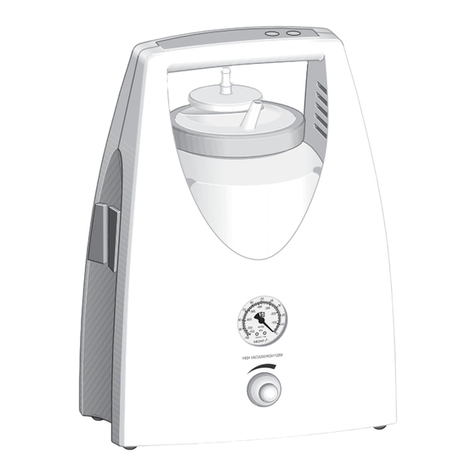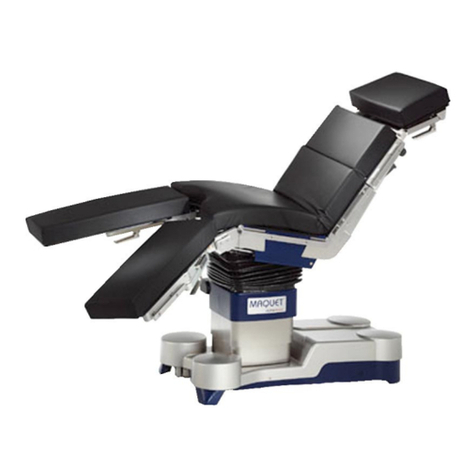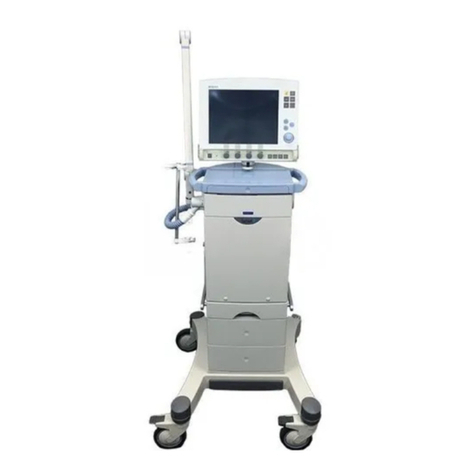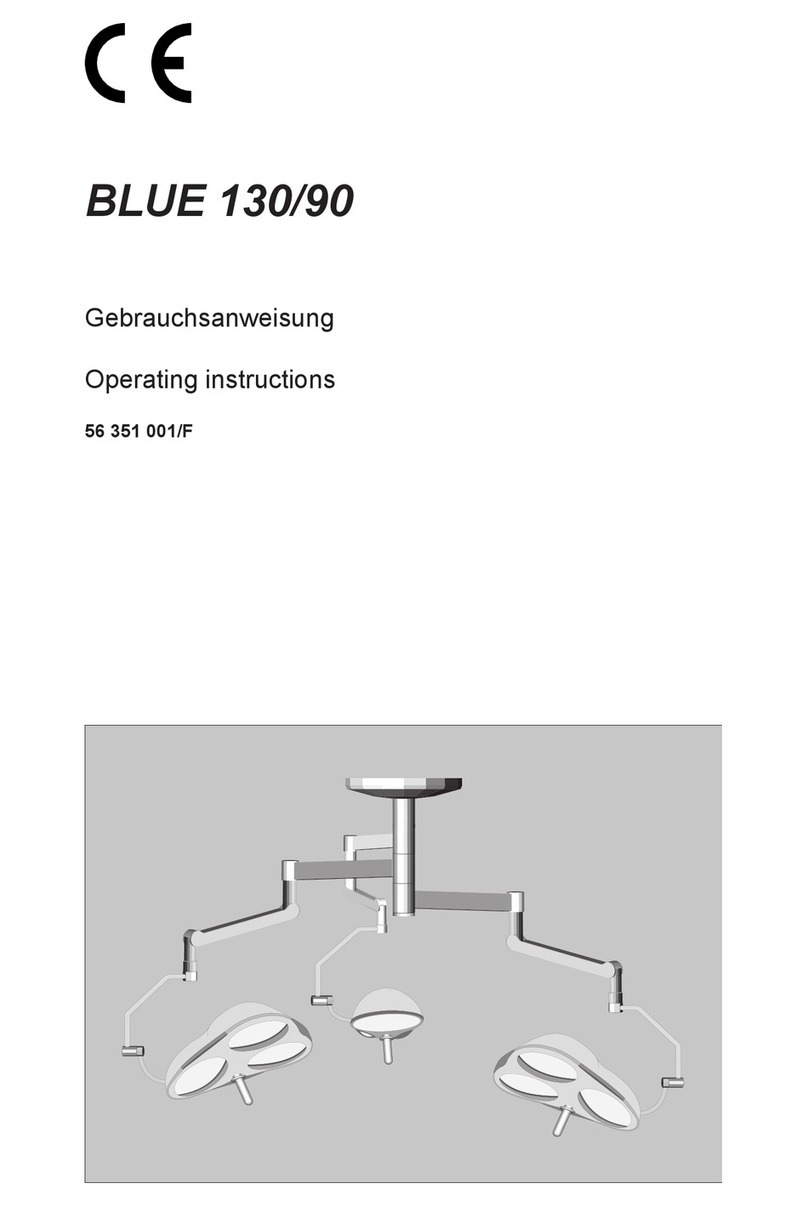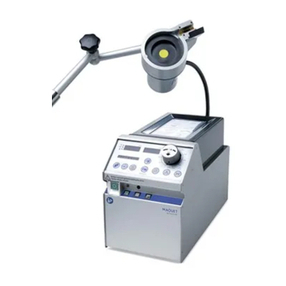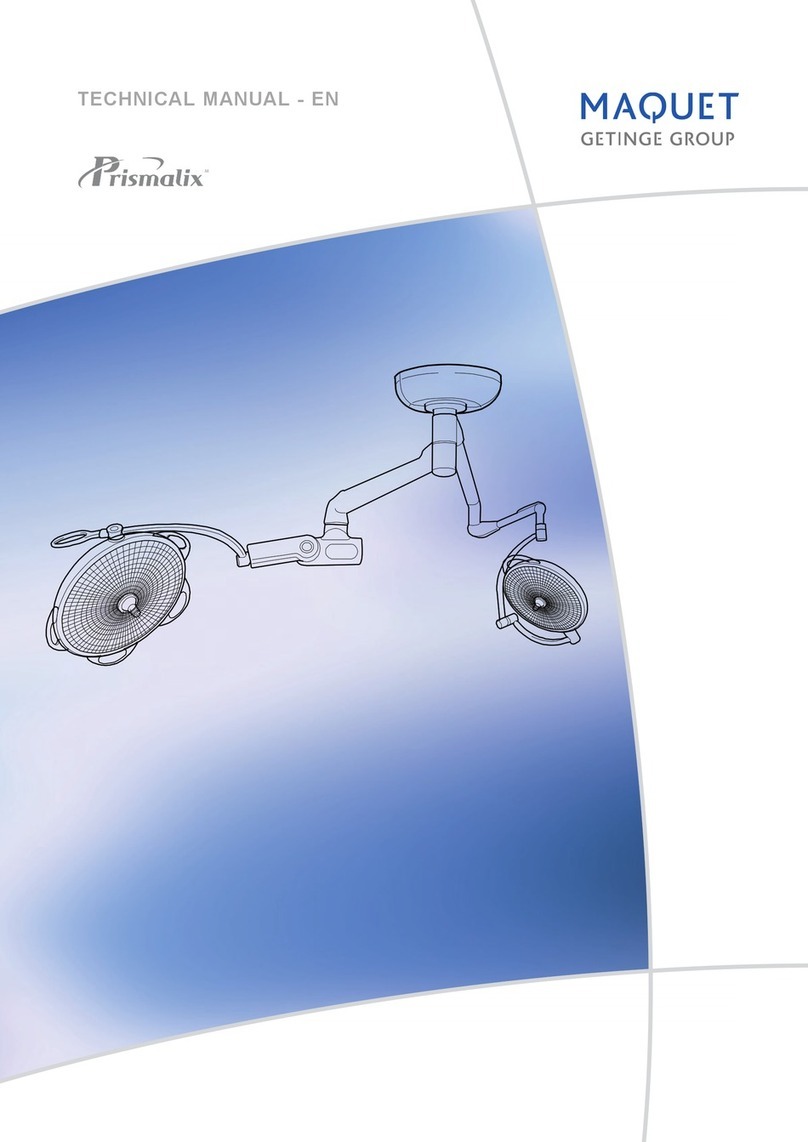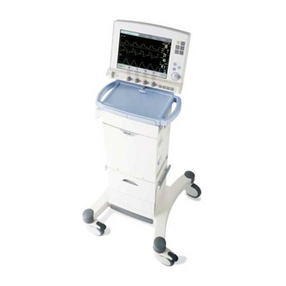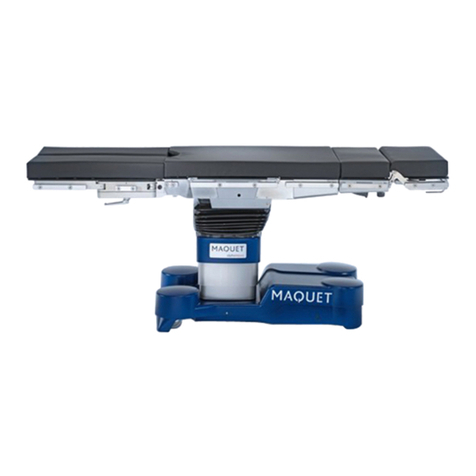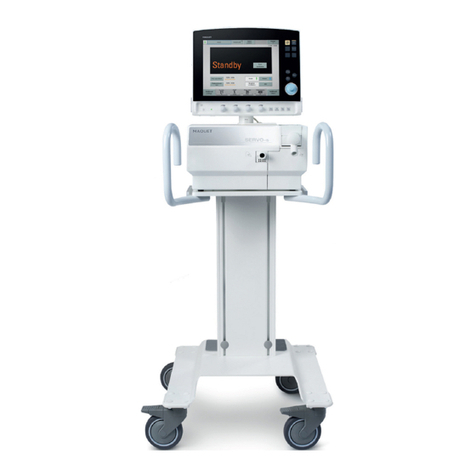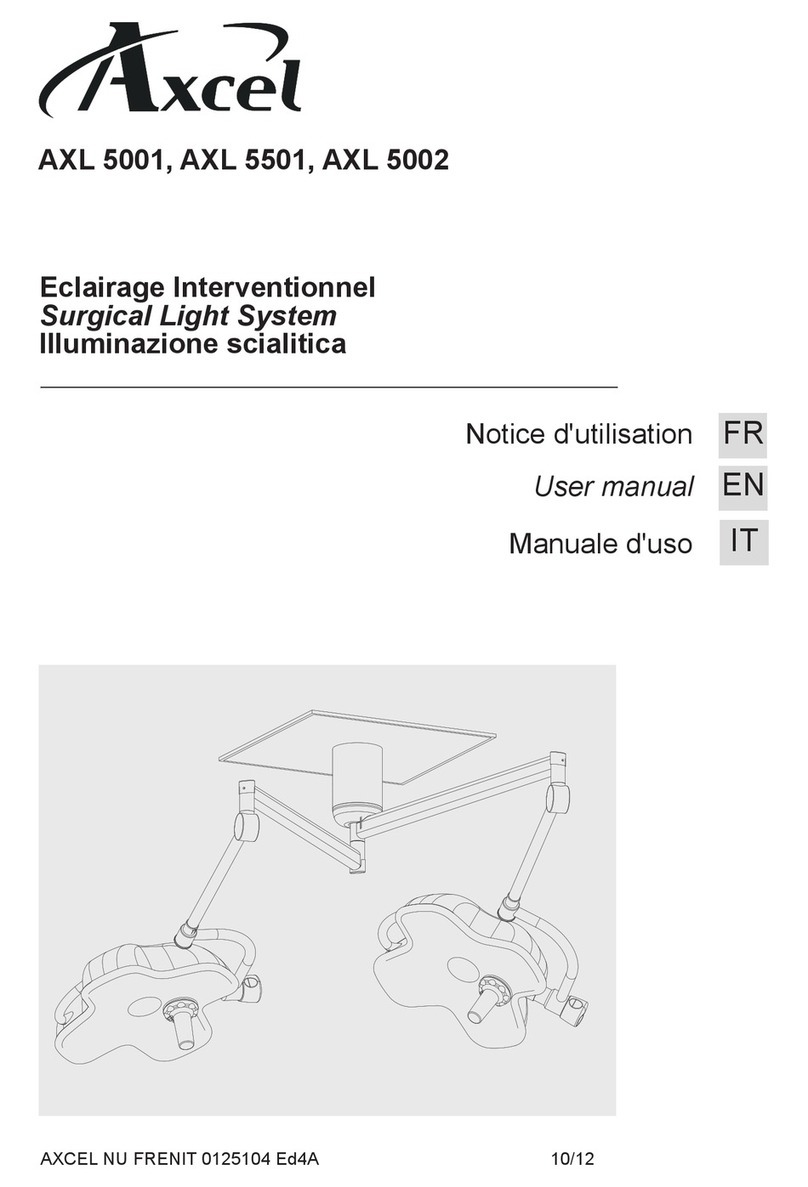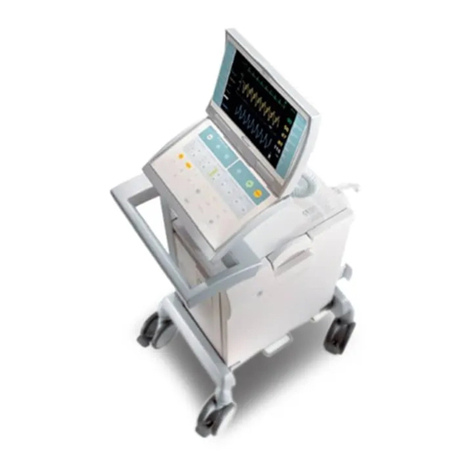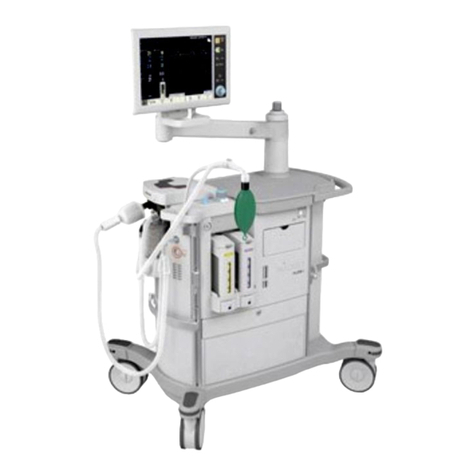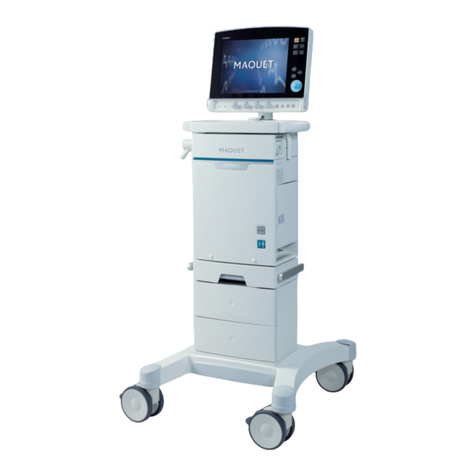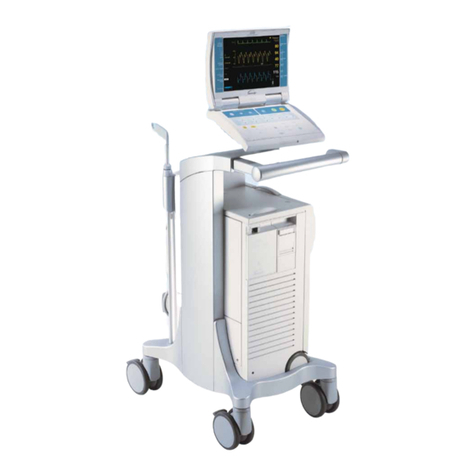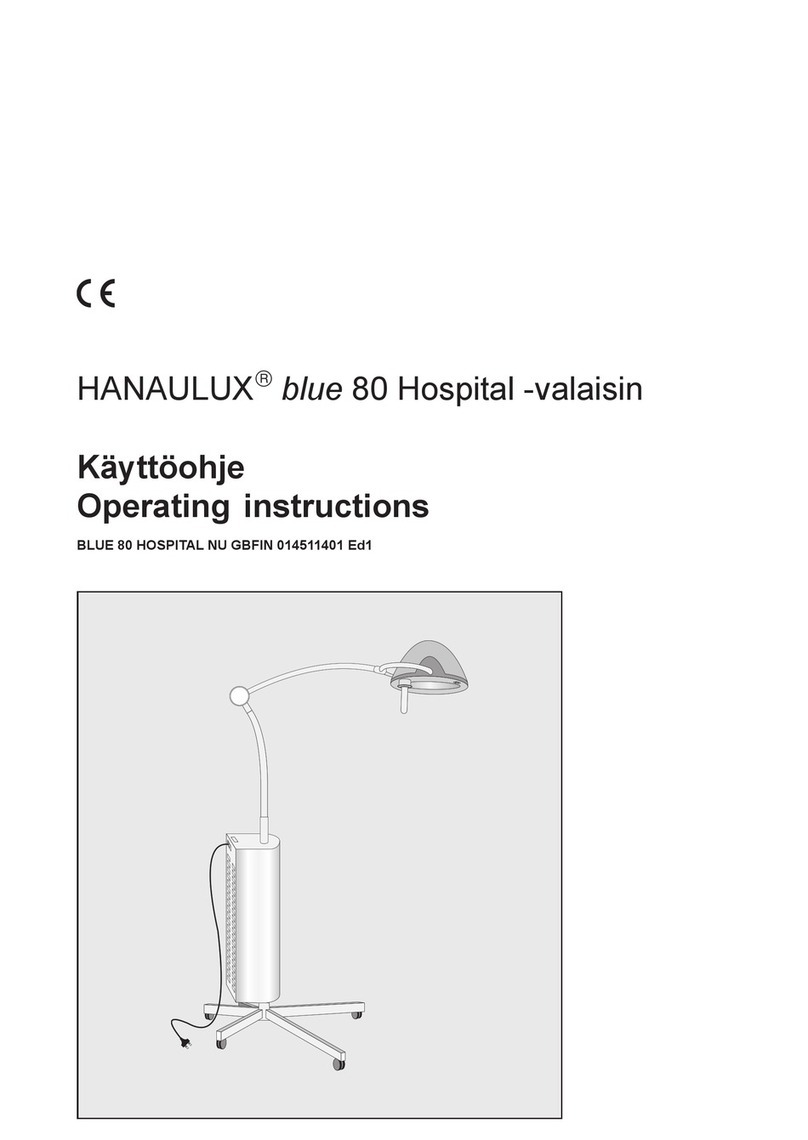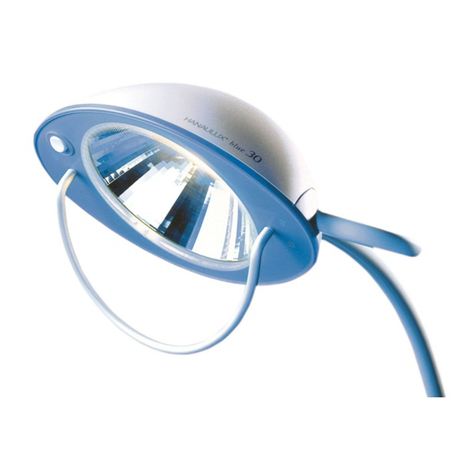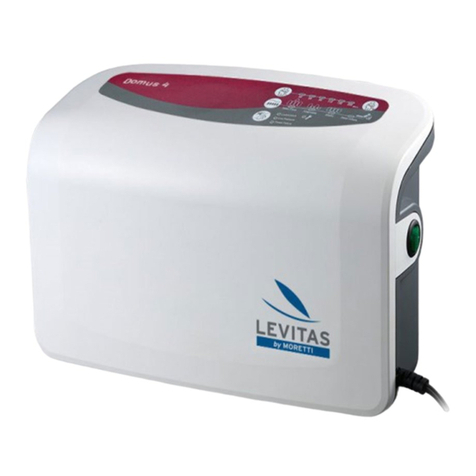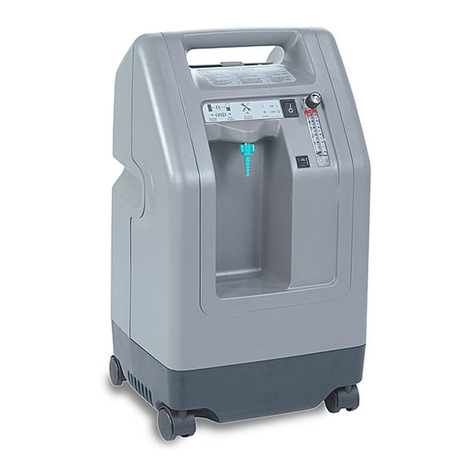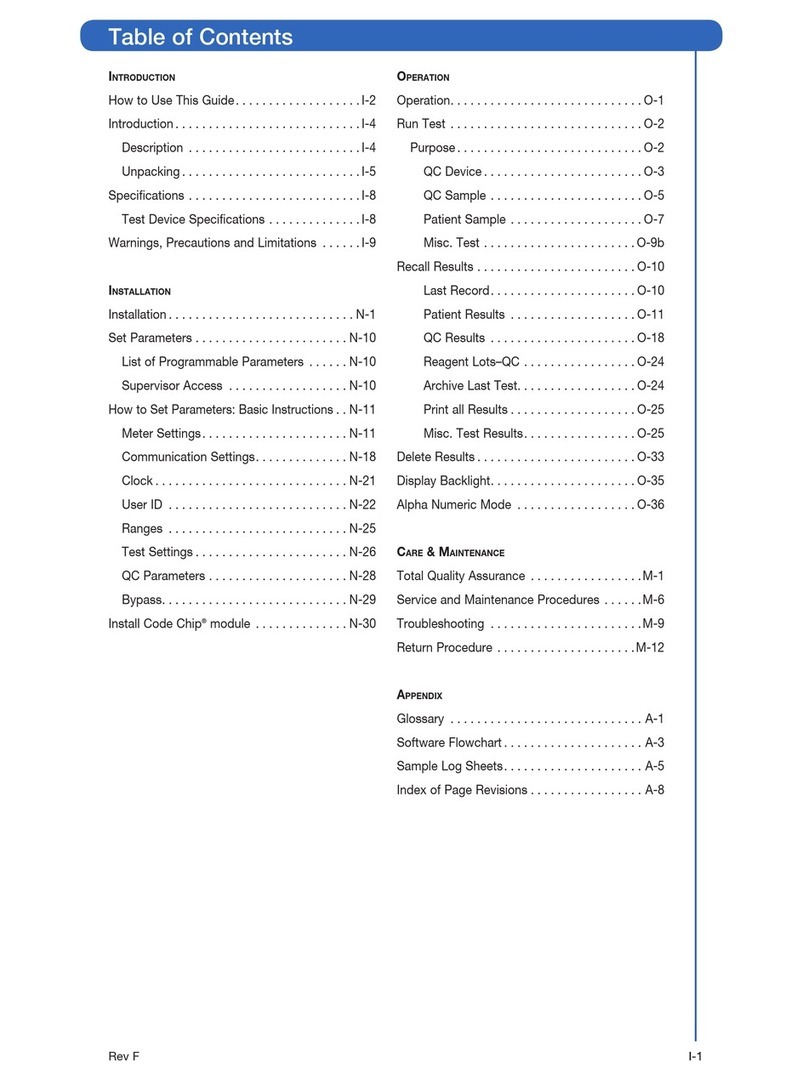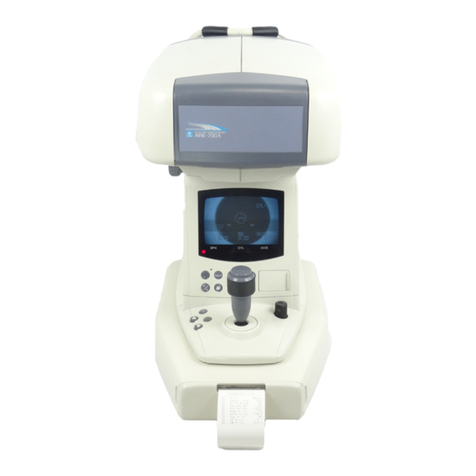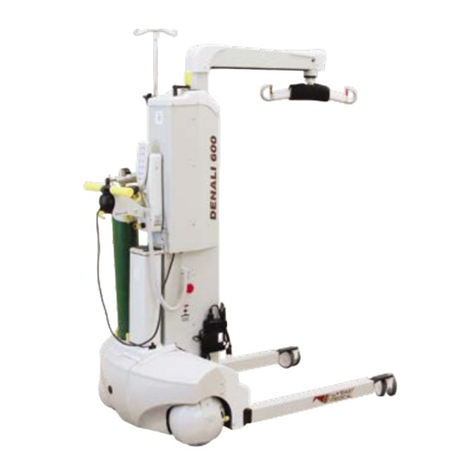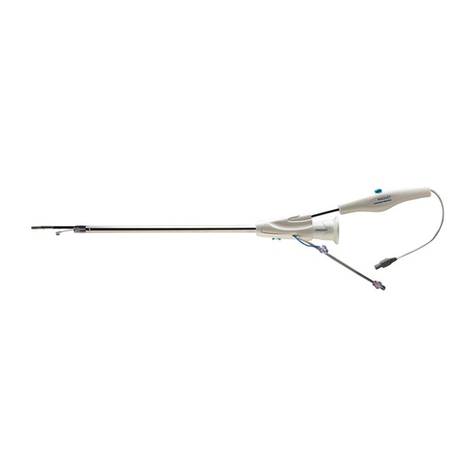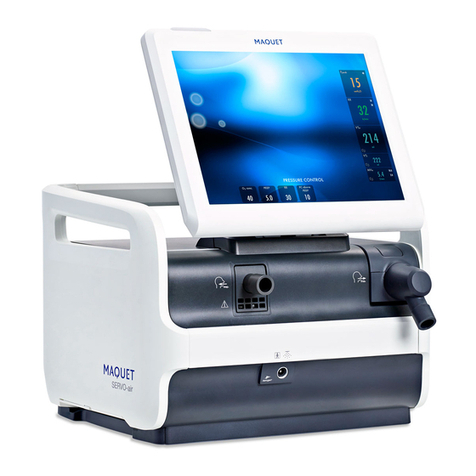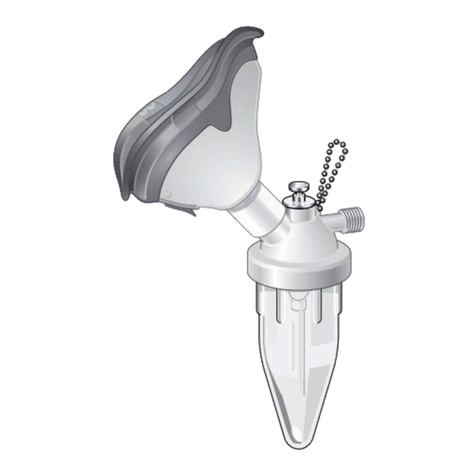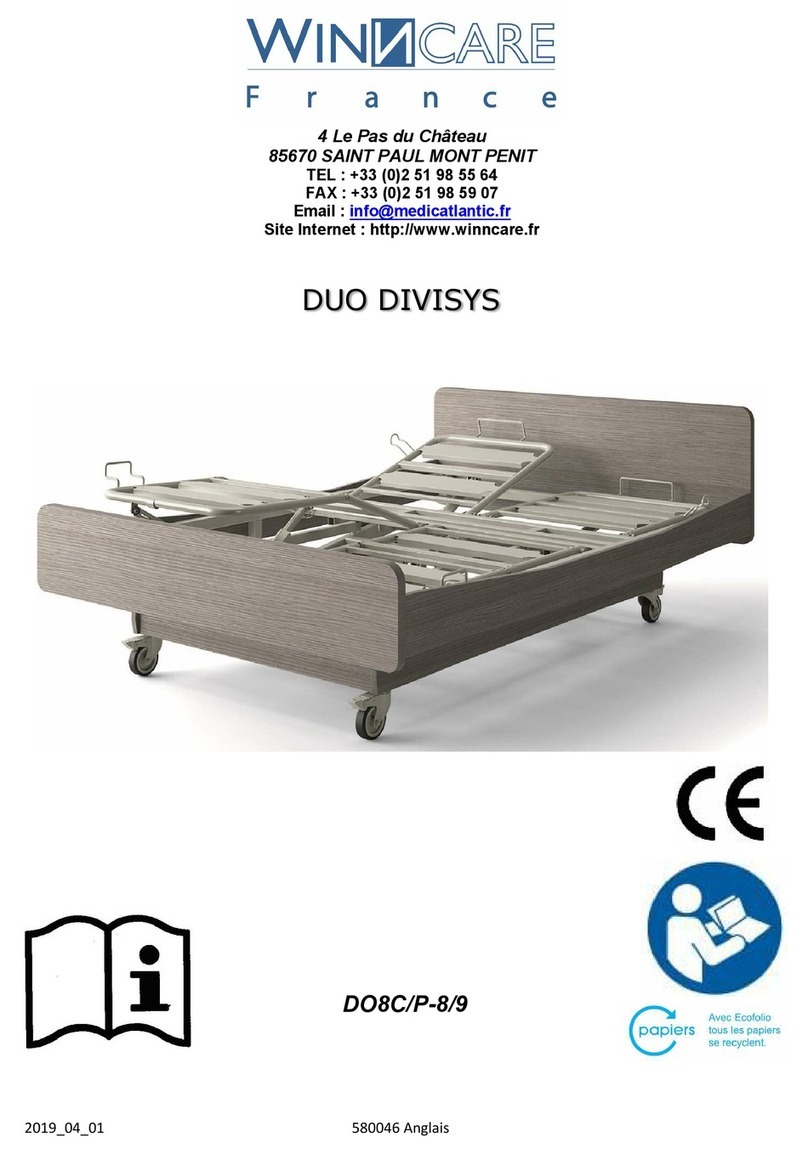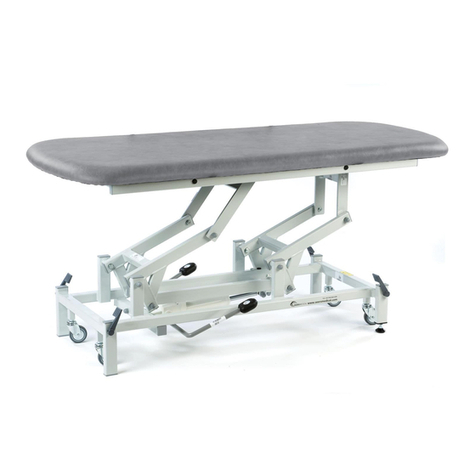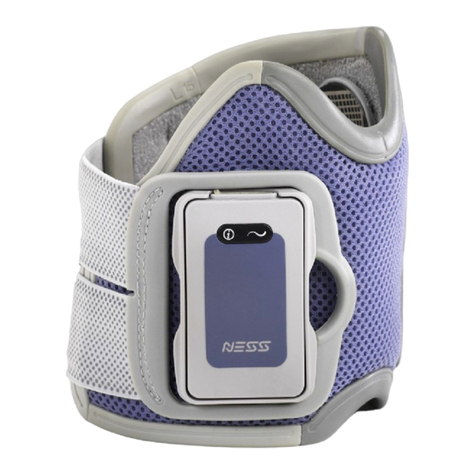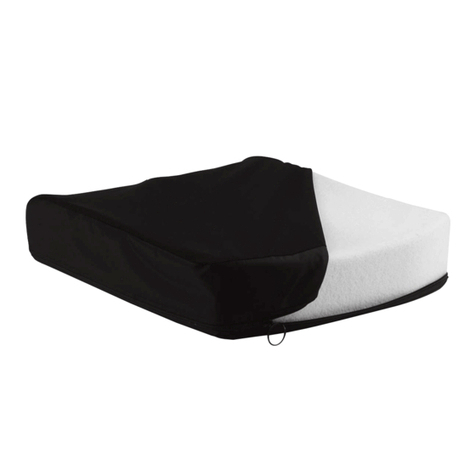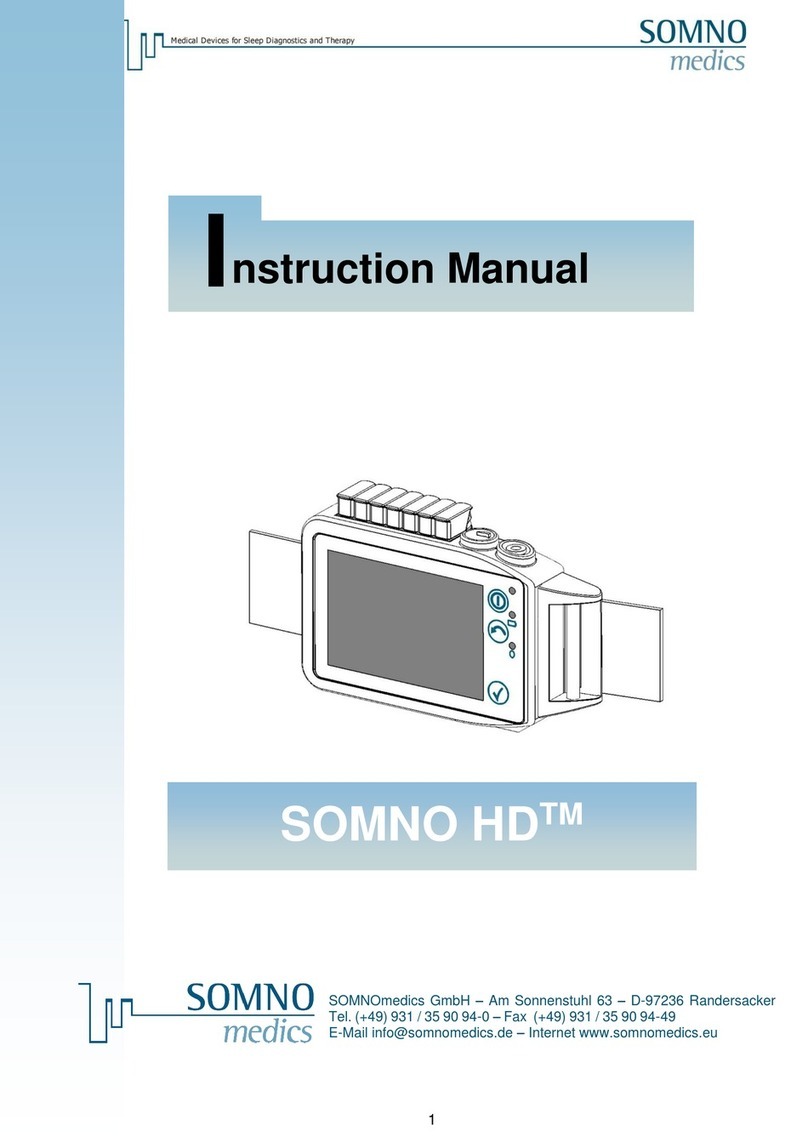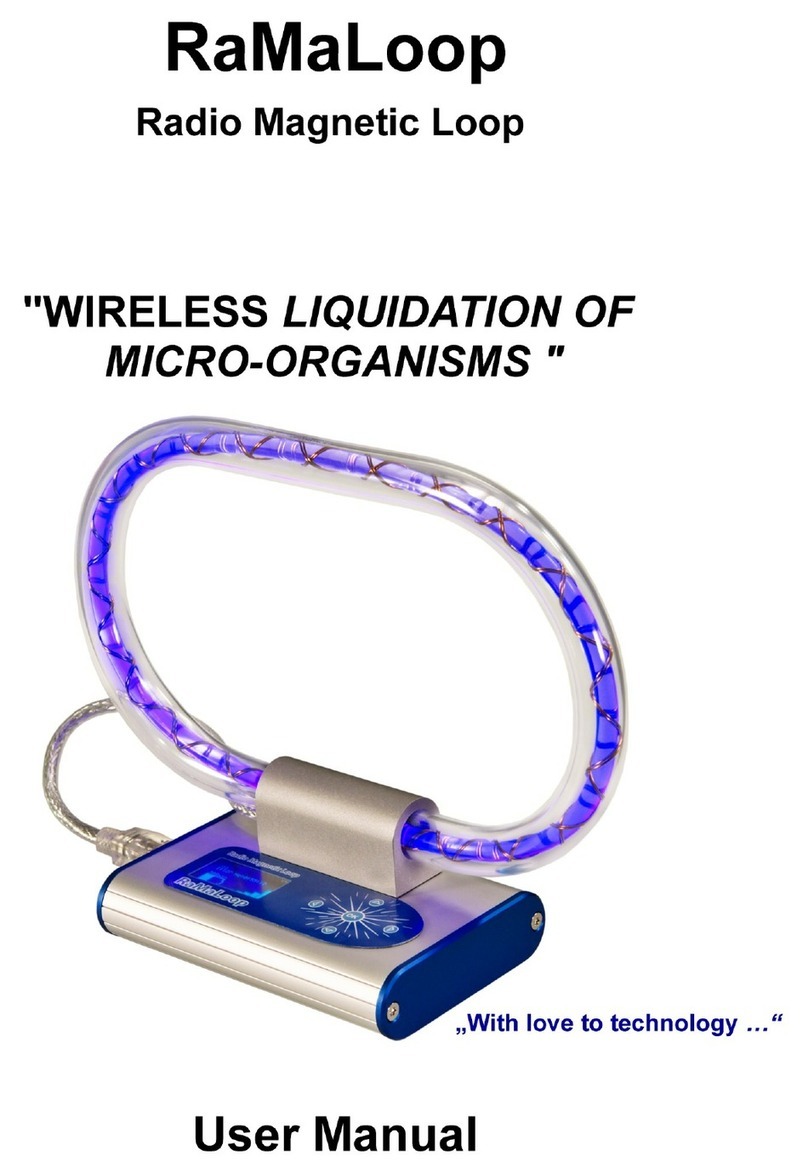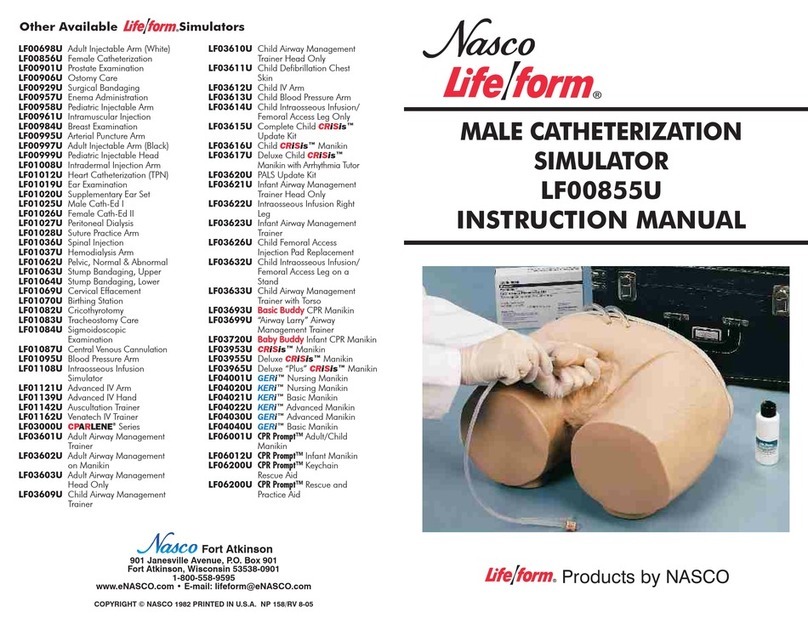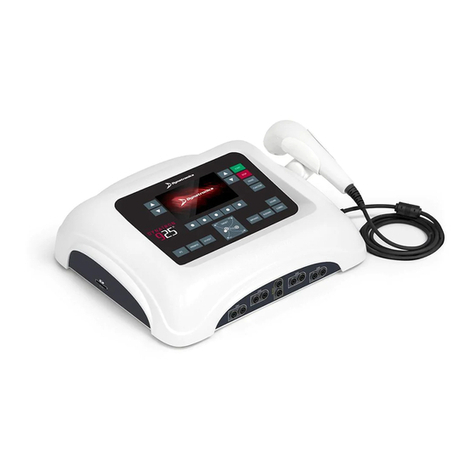
10
Servo… User´s manual
US edition
Order No: 66 00 261
1
Infant Adult Universal Option
• To avoid fire hazard, keep all sources ofzard, keep all sources of
ignition away from they from the Servo-i Ventilator
System and oxygen hoses. Do not usexygen hoses. Do not use
oxygen hoses that are worn, frayed, ord, or
contaminated by combustible materials
such as grease or oils. Textiles, oils, andTextiles, oils, and
other combustibles are easily ignited andy ignited and
burn with great intensity in air enriched
with oxygen. Immediately disconnect thexygen. Immediately disconnect the
ventilator from the oxygen supply, facilityfrom the oxygen supply, facility
power, and backup sources if there is awer, and backup sources if there is a
smell of burning.mell of burning.
General cautionseneral cautionsneral cautionseral cautionsral cautionsal cautionsl cautionscautionscautionsautionsutionstionsionsonsnss
• As a general rule always avoid contactvoid contact
with external electrical connector pins. It is
recommended to have the moduleule
compartment filled up with empty moduless
to protect from spillage and dust.
• Federal law in the USA restricts this devicew in the USA restricts this device
to sale by or on the order of a physician (orale by or on the order of a physician (or
a properly licensed practitioner).
• The Servo-i Ventilator System must beust be
serviced at regular intervals by specially
trained personnel. The intervals are statedThe intervals are stated
in the chapter Regular maintenance. Anymaintenance. Any
maintenance must be noted in a log bookk
for that purpose in accordance with
national regulations.gulations.
• MAQUET has no responsibility for the safeT has no responsibility for the safe
operation of the equipment if service orment if service or
repair is done by a non-professional or by
persons who are not employed by orwho are not employed by or
authorized by MAQUET. We recommendMAQUET. We recommendmmend
that service is done as part of a service
contract with MAQUET.MAQUET.
• MAQUET has no responsibility for the safeesponsibility for the safe
operation of the equipment if the
equipment is used for anything other thand for anything other than
its intended use, as specified in this User´sUser´s
manual.
• A resuscitator should always be readilyways be readily
accessible for extra safety.
• When connected to a patient, the systemhen connected to a patient, the system
must never be left unattended.be left unattended.
• The nebulizer module is inoperative whenperative when
the ventilator is running on batteries, to
reduce the power consumption.ce the power consumption.
• The Expiratory cassette must not be liftedatory cassette must not be lifted
up when the ventilator is in operation. Thiswhen the ventilator is in operation. This
may, however, be done when in Standbybe done when in Standby
mode.
• Always use heat and moisture exchangerlways use heat and moisture exchangerger
(HME) or equipment to preventt to prevent
dehydration of lung tissue.
• Refer to the Installation instructions to
assemble the system or options to obtainptions to obtain
a proper mechanical assembly.
• When lifting or moving the ventilator
system or parts of the system, followparts of the system, follow
established ergonomic guidelines, ask forgonomic guidelines, ask for
assistance, and take appropriate safetyy
precautions.
• Antistatic or electrically conductive
breathing tubing should not be used with
this lung ventilator system.m.
• Any scavenging system (Gas evac)
connected must comply to ISO8835-3onnected must comply to ISO8835-38835-3
with regard to subatmospheric pressuremospheric pressure
and induced flow. Otherwise ventilatorOtherwise ventilator
functions and patient safety may bepatient safety may be
degraded.
• It is not recommended to use the Servocommended to use the Servo
Evac 180 in the Nasal CPAP mode.80 in the Nasal CPAP mode.ode.
• Values measured at the signal outputs off
the Servo-i Ventilator System and whichwhich
have been processed in auxiliaryy
equipment must not be used as a
substitute for therapeutic or diagnosticherapeutic or diagnostic
decisions. Such decisions can be mademade
only by staff with medical expertise,pertise,
according to established and accepted
practice. If auxiliary equipment that hasxiliary equipment that has
not been delivered by MAQUET with thedelivered by MAQUET with theT with the
system is used, MAQUET denies allQUET denies all
responsibility for the accuracy of signalty for the accuracy of signal
processing.
Warnings, cautions and importantarnings, cautions and importantrnings, cautions and importantnings, cautions and importantings, cautions and importantngs, cautions and importantgs, cautions and importants, cautions and important, cautions and importantcautions and importantcautions and importantautions and importantutions and importanttions and importantions and importantons and importantns and importants and importantand importantand importantnd importantd importantimportantimportantmportantportantortantrtanttantantntt




















